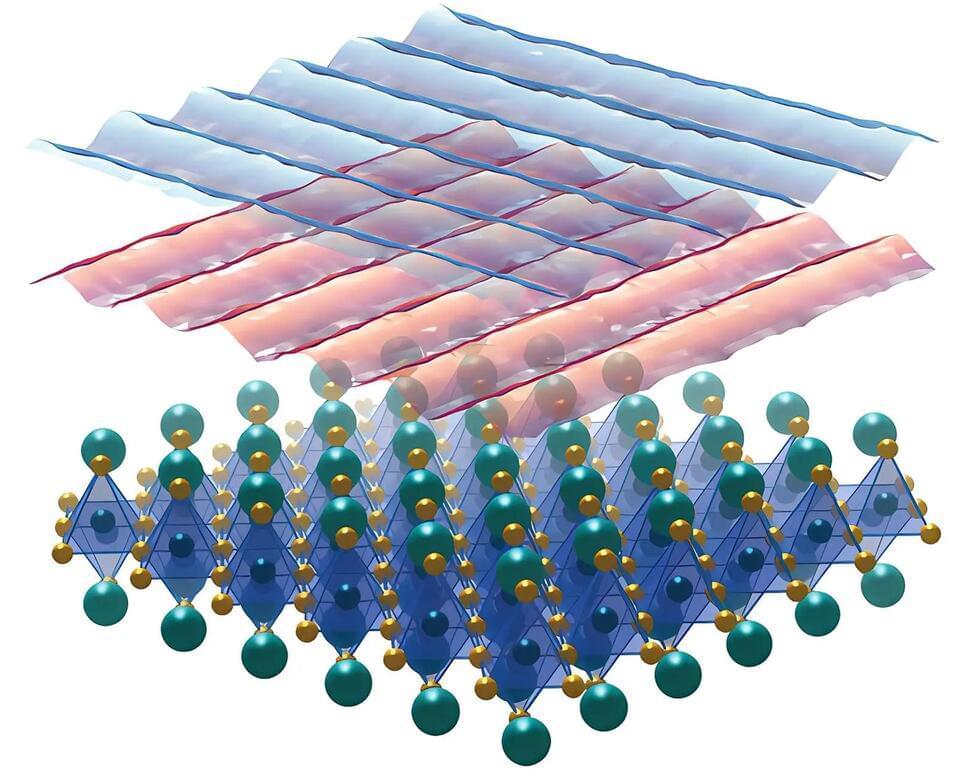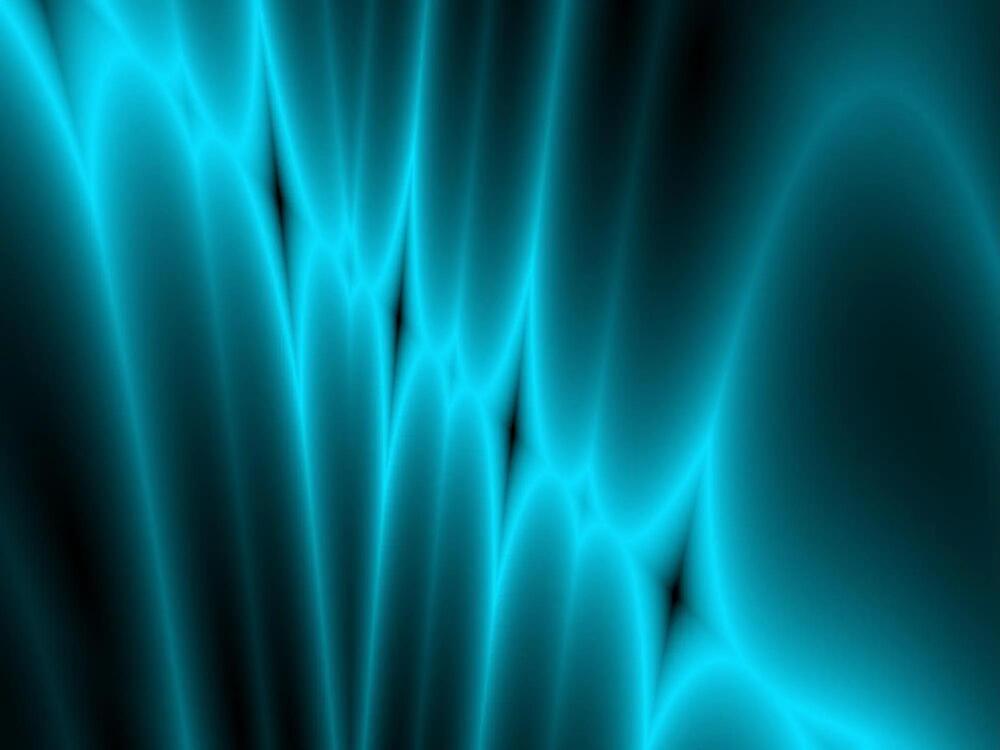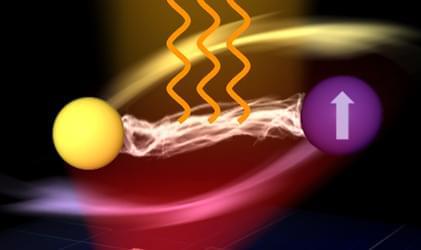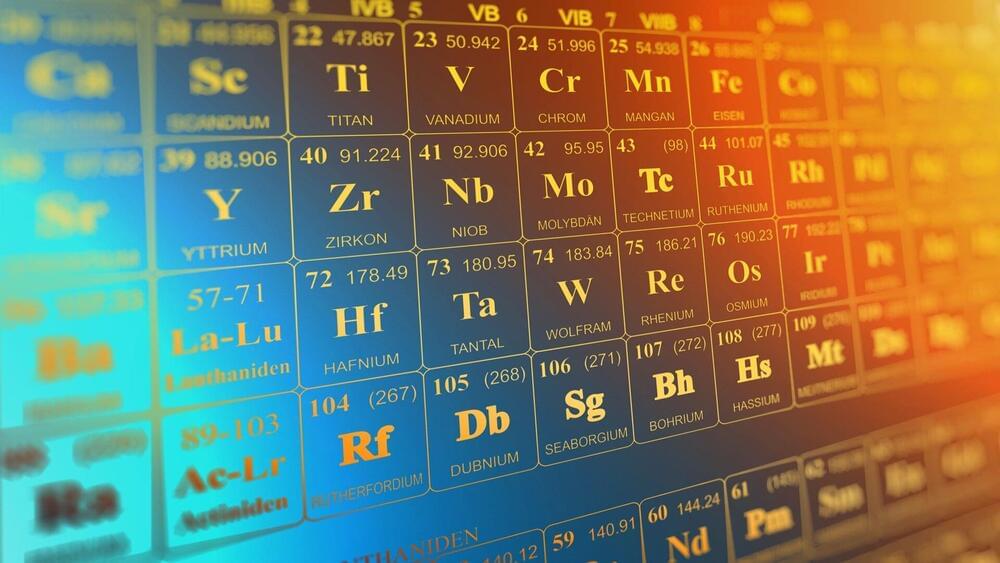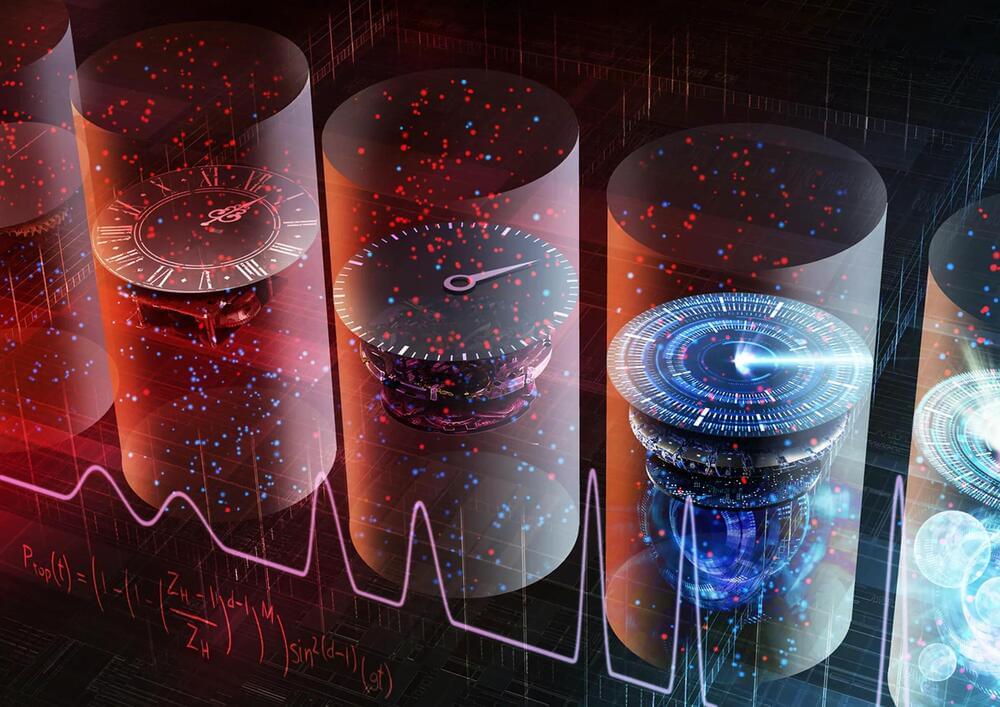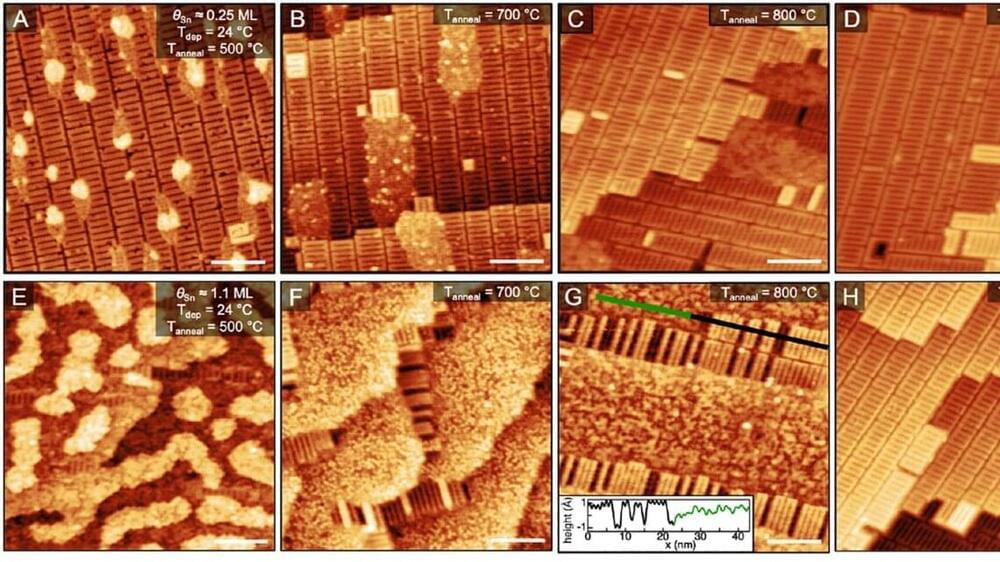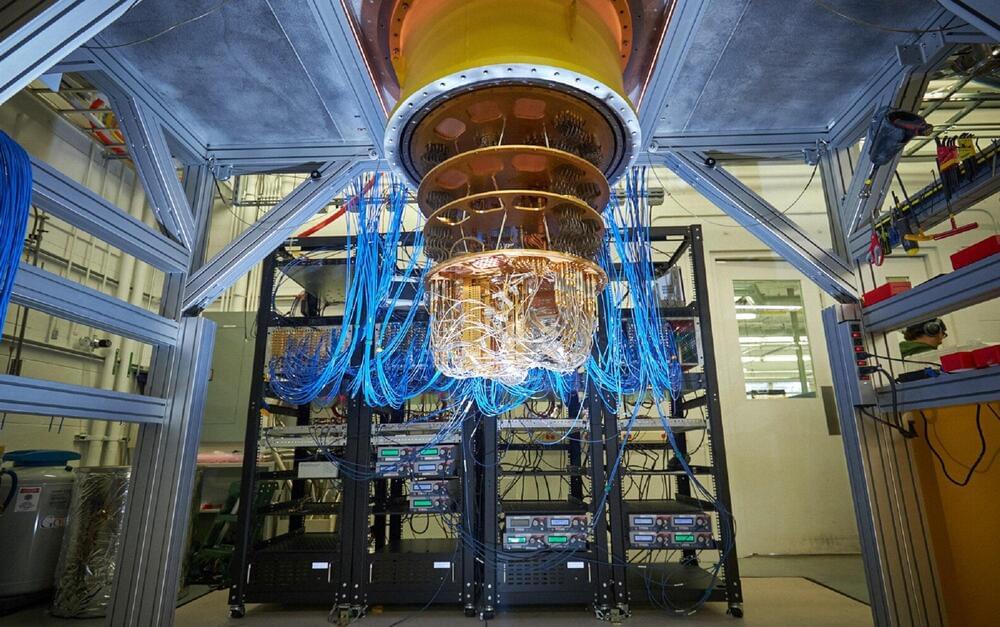Hidden stripes in a crystal could help scientists understand the mysterious behavior of electrons in certain quantum systems, including high-temperature superconductors, an unexpected discovery by RIKEN physicists suggests.
The electrons in most materials interact with each other very weakly. But physicists often observe interesting properties in materials in which electrons strongly interact with each other. In these materials, the electrons often collectively behave as particles, giving rise to ‘quasiparticles’.
“A crystal can be thought of like an alternative universe with different laws of physics that allow different fundamental particles to live there,” says Christopher Butler of the RIKEN Center for Emergent Matter Science.
